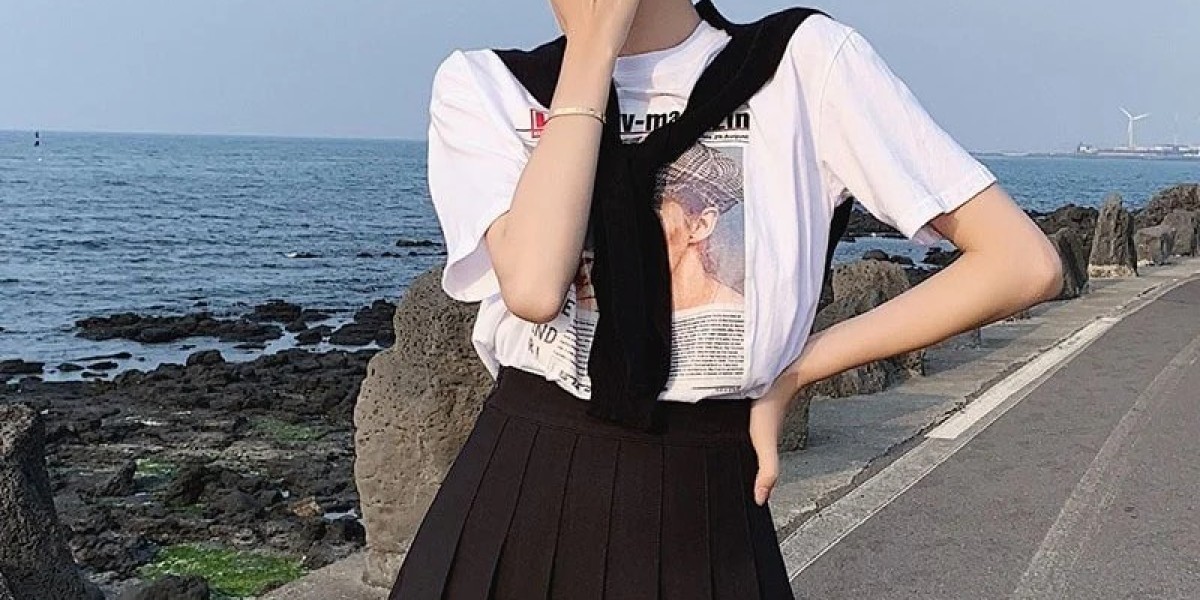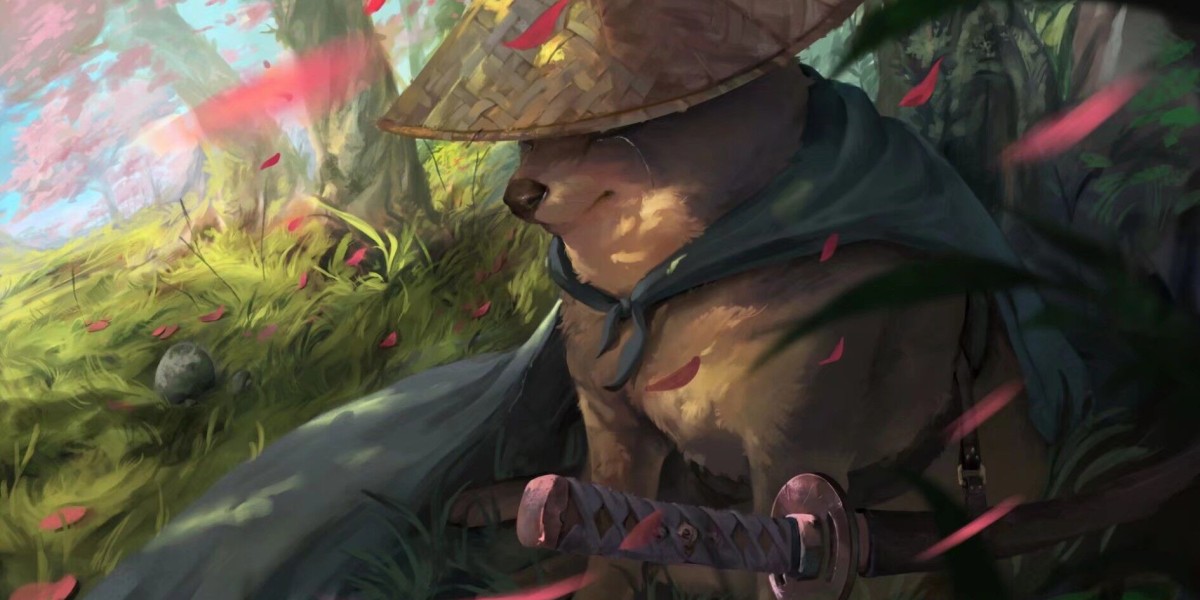Dark Academia is more than a fashion trend or a Tumblr aesthetic — it is a romanticized subculture rooted in classical literature, intellectualism, mystery, and the melancholic beauty of the past. Often associated with European boarding schools, vintage libraries, candle-lit studies, and classical music, Dark Academia embodies an idealized lifestyle centered around learning, emotion, and existential thought. With roots in literature and history, this aesthetic has found a devoted following in art, fashion, social media, and even education.
Origins and Historical Influences of Dark Academia
The Dark Academia draws heavy inspiration from European culture, particularly the academic traditions of the 19th and early 20th centuries. The architecture of Oxford, the intellectual rigor of Plato and Aristotle, and the gothic undertones of Romantic literature all feed into the aesthetic’s identity. Think of the haunting beauty in the poetry of Lord Byron or the dark introspection in the novels of Mary Shelley. These influences blend together to form a culture that celebrates the mind, the soul, and the unseen.
The Philosophy Behind Dark Academia
At its core, Dark Academia promotes a love for knowledge — not for material success, but for the sheer joy of understanding. It appreciates the pursuit of truth, even when that truth is uncomfortable. This aesthetic often touches on themes of mortality, solitude, and emotional depth. The question of life’s meaning, the melancholy of passing time, and the beauty of forgotten things all permeate the Dark Academia worldview. It is a quiet rebellion against the speed of modern life, favoring slow, thoughtful living.
Fashion in the Dark Academia World
The fashion element of Dark Academia is perhaps the most visibly recognizable. It includes tweed blazers, turtlenecks, plaid skirts, oxford shoes, trench coats, and button-up shirts in earthy or muted tones like brown, forest green, beige, and burgundy. There’s a vintage air to every outfit — a sense that the clothes carry stories and secrets. Fashion in this context isn’t about trends; it’s about identity, nostalgia, and romanticism.
Literature as the Soul of the Aesthetic
Books are sacred in Dark Academia. The aesthetic often references classic literature: The Picture of Dorian Gray, Frankenstein, The Secret History, Dead Poets Society, and the poetry of Keats, Dickinson, and Rilke. Reading isn’t just a pastime but a portal into deeper thinking and feeling. Literary themes like forbidden knowledge, tragic heroes, and philosophical inquiry align perfectly with the somber tones of Dark Academia.
Art, Music, and Media in Dark Academia Culture
The music associated with Dark Academia leans toward classical compositions, instrumental scores, and moody jazz. Artists like Chopin, Bach, Debussy, and Erik Satie are favorites, often accompanied by the sound of rain or the turning of book pages. In visual arts, Dark Academia appreciates Renaissance paintings, baroque architecture, and black-and-white photography. Movies and series that depict old universities, mystery, or philosophical depth resonate well, adding visual layers to the immersive world.
Education as a Romantic Ideal
Dark Academia romanticizes the university experience. Ivy-covered buildings, lecture halls filled with dust and history, and solitary students writing by candlelight are recurring images. It values subjects like philosophy, literature, history, art, and Latin — not for career advancement, but for wisdom. The aesthetic leans toward the belief that knowledge, especially ancient and forgotten, holds the key to a meaningful life.
The Dark Side of Dark Academia
While the aesthetic appears beautiful on the surface, it does explore darker themes. Obsession with perfection, burnout, isolation, and unhealthy romanticization of sadness are some aspects that can become overwhelming if not approached critically. There is a need to distinguish between inspiration and pressure — between admiring a poetic life and sacrificing mental health in pursuit of it.
Dark Academia in Modern Life
In today’s fast-paced, digital age, the popularity of Dark Academia represents a cultural shift — a desire to slow down and find depth in a shallow world. Whether it’s through journaling, reading poetry in silence, visiting a museum, or wearing a vintage coat, people engage with this aesthetic to feel connected to something timeless. It becomes a form of self-expression, a way to build personal identity around intellect, introspection, and beauty.
How to Embrace Dark Academia in Your Own Way
You don’t need to attend an old university or wear expensive vintage clothes to enjoy Dark Academia. Anyone can participate by creating a quiet reading corner, listening to classical playlists, exploring philosophy, or writing by hand in a leather-bound notebook. The goal is to create a space — both internal and external — where the soul can think, feel, and grow.
Conclusion: A Timeless Aesthetic with Intellectual Depth
Dark Academia is not just a fleeting internet trend. It taps into something deep and universal — the longing for beauty, meaning, and connection in a chaotic world. Through its moody visuals, intellectual pursuits, and romantic ideals, it continues to attract those who see the world through a poetic lens. Whether you’re an academic, an artist, or just someone in love with learning.








